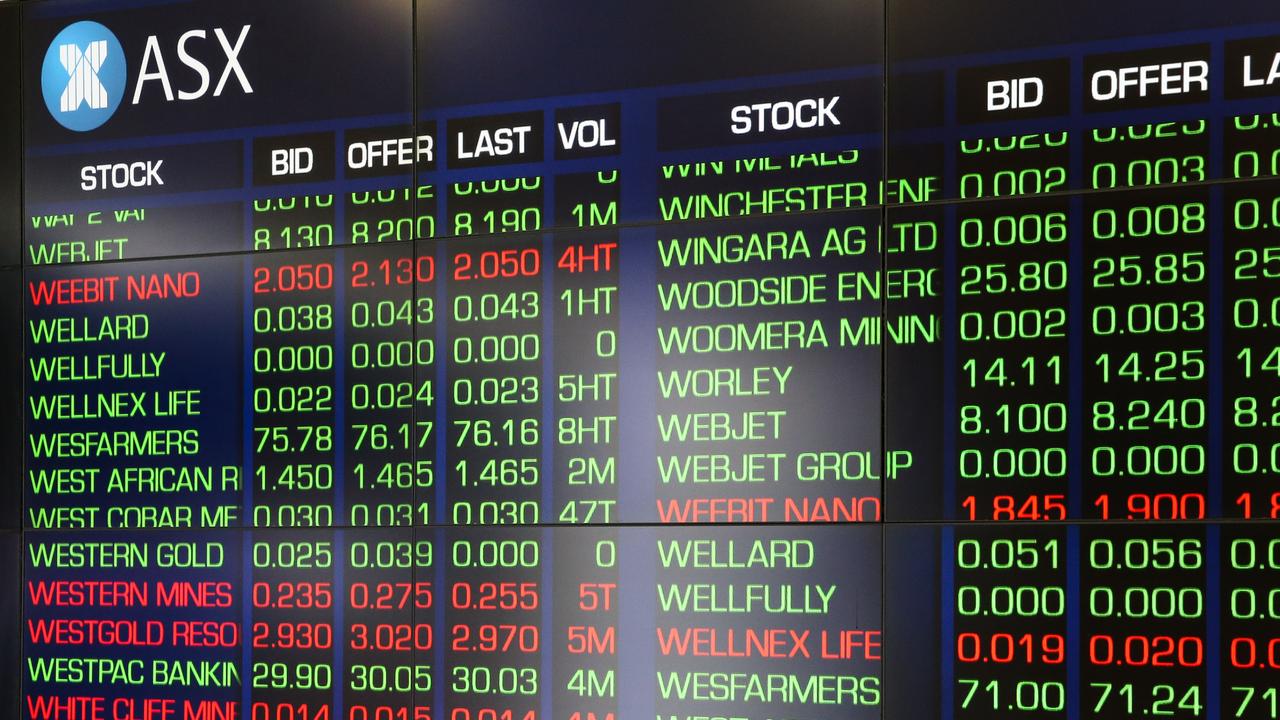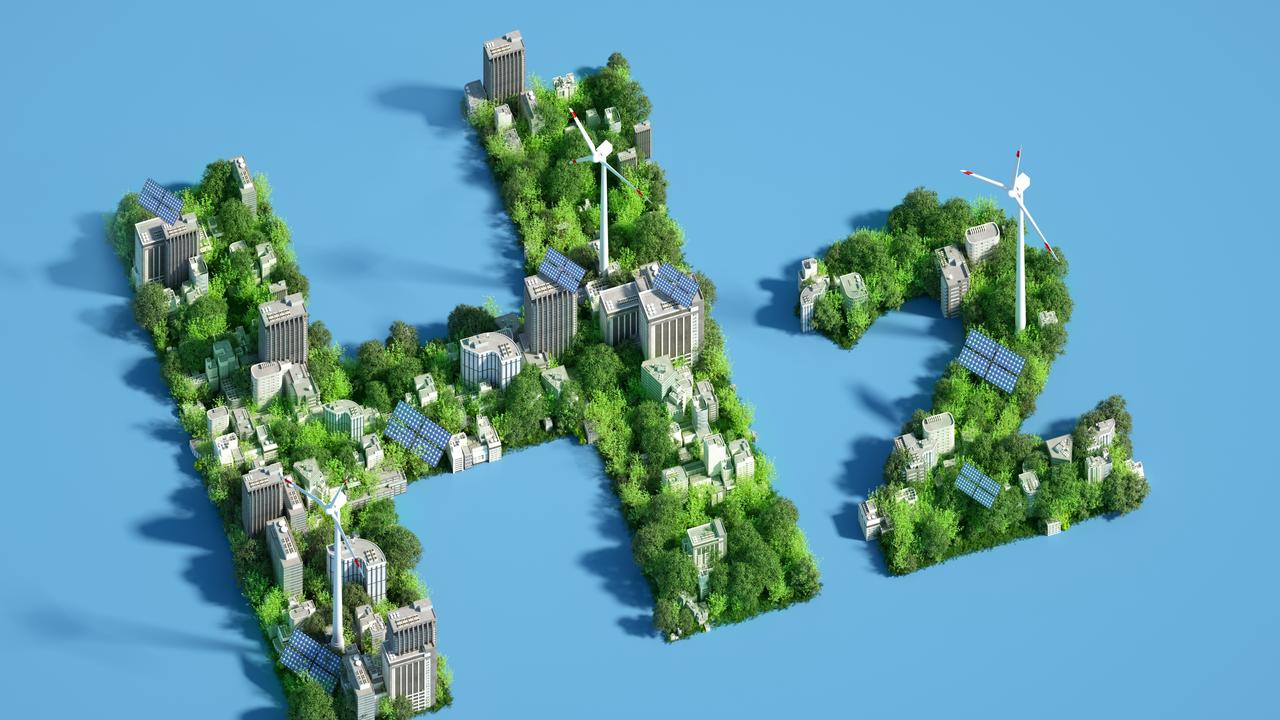‘Plateauing’: Major Aussie miner’s chilling China warning
One of the country’s biggest and most lucrative companies has sounded the alarm as Beijing turns its back on Australia’s top export.
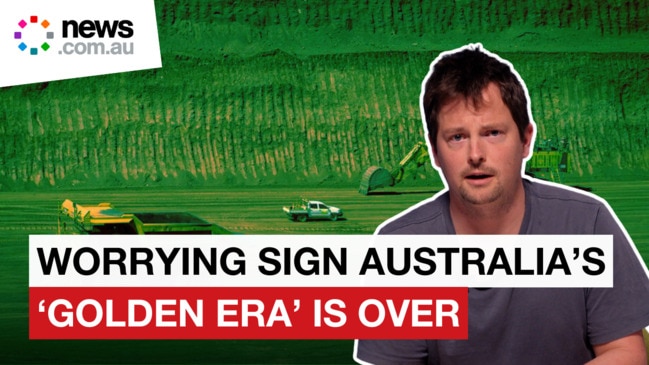
Mining
Don't miss out on the headlines from Mining. Followed categories will be added to My News.
“We believe steel has plateaued, albeit at a quite high level of over a billion tonnes per annum,” BHP CEO Mike Henry told investors overnight.
But he maintains an upbeat tone for his primary customer, China.
Its steel-intensive industries – such as machinery manufacturing – are growing, he insists. And there is still hope for a recovery in the collapsed housing market.
“The government has put in place some policies that we think are going to aid the property sector in the year ahead,” Henry said.
“How quickly and effectively the Chinese policies targeted at the property sector stabilise it, and the government’s approach to regulating steel production, will both be large swing factors for the remainder of 2024 and into 2025.”
His words were aimed at reassuring banks, investors and politicians nervous at the prospect of evaporating mega-profits from Australia’s largest single export.
Australian mining giants BHP and Fortescue have both released financial year results revealing solid iron ore exports and prices. But both express a degree of wariness about the years ahead.
Fortescue recorded shipments of 191.6 million tonnes from its WA Pilbara operations. And while that figure was similar to the previous year, it says higher than expected iron ore prices were able to offset inflation to produce a three per cent rise in its underlying net profit to $US5.68 billion.
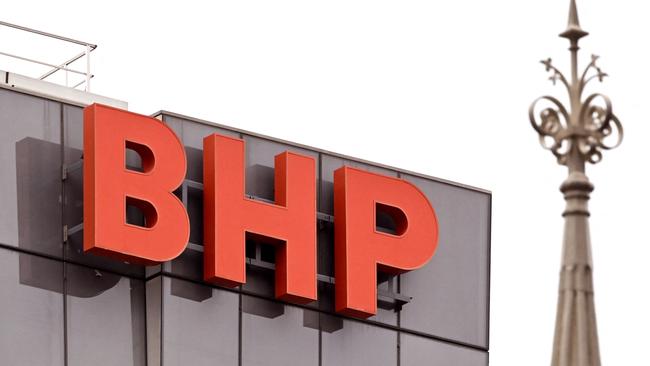
Diversified miner BHP recorded solid results for its iron ore division. Total iron ore production was up one per cent to a record 260 million tonnes, but revenues rose 13 per cent year-on-year to $US24.8 billion.
But growing environmental uncertainty, international tensions and economic instability are all expected to impose new challenges.
“We’ve been clear that we see the iron ore market being under increasing competition on a go-forward basis,” Henry told an overnight earnings call with major bankers.
Fortescue Energy CEO Mark Hutchison added the industry also faced a difficult cost-return balancing act as it moved towards low-carbon production.
“We are realistic about the pace of the current global energy transition,” he said, adding, “financial discipline always comes first”.
Heart of iron
“What are we seeing play out in the iron ore markets currently?” Henry asked rhetorically during the overnight earnings call.
“I come back to what we’ve predicted as the broad trajectory for iron ore for a number of years now, which is that we see steel plateauing in China.”
Market analysts widely expect iron ore prices to continue their fall from recent highs of $US120 a tonne into the $US80 range over the coming months.
This is based on a lack of demand for new steel in the Chinese construction industry, a glut of Chinese steel being dumped on the global market and large stockpiles of steel and iron ore building up in its ports.

“It’s plateaued at a high level above one billion tonnes per annum. In due course, it will begin to contract,” Henry explained.
He added that he expected to see pig iron (crude smelted iron) “contracting more rapidly” as China and other nations began to inject increasing quantities of scrap steel into the process.
“And therefore, iron ore demand or the iron ore market contracting as well. It’s what’s driven our strategy to be at the very low end of the cost curve and to improve the quality of the product suite,” he said.
During the BHP earnings call, Chief Financial Officer Vandita Pant said the company’s iron ore division had “delivered record production volumes at an EBITDA (earnings before interest, taxes, depreciation, and amortisation) margin of 68 per cent”.
She stated that Western Australia Iron Ore (WAIO) has been BHP’s lowest-cost iron ore producer globally for more than four years, adding: “This year with C1 (direct) costs of just $15.84 per tonne, we further extended our lead”.
This, BHP believes, gives it a buffer ahead of tough times.
“Should surpluses persist as we forecast, we would expect some high-cost suppliers to be driven out of the market over time,” its earnings statement reads.
Winds of change
Fortescue executive chairman Andrew Forrest said that, despite cuts to its green hydrogen plans, it remains “resolutely committed” to its 2030 zero carbon emissions target.
“It is the responsibility of every company to join us in moving to a world that is no longer reliant on fossil fuels,” Forrest said during the profit announcement, pointing to 10 per cent lower emissions than projected for the past year.
Australian iron ore may be among the cheapest to extract.
But it’s no longer among the highest quality.
High concentrations are needed for next-generation steel smelting processes such as direct reduction and electric-arc furnaces. That means impurities must in the future be removed from Australian iron ore before it is suitable for steel production.
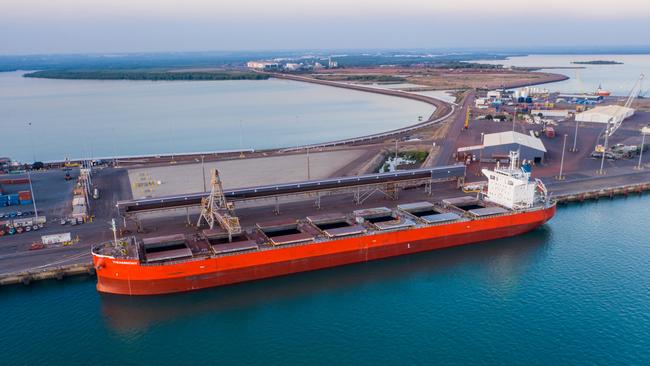
And that’s an energy-intensive process.
The perceived need for such refining is behind Fortescue’s drive to become one of the world’s largest users of green hydrogen. And the group’s $US6.2 billion decarbonisation plan extends to gigawatt-scale solar and wind electricity production with associated battery storage, as well as electric trucks and trains.
But BHP doesn’t believe cheap iron ore is done yet.
“For the balance of 2024 and into 2025, we expect supply from low-cost major iron ore producers to grow while iron ore consumption is experiencing a modest decline,” its statement reads.
And Henry adds growth in India and Southeast Asia is likely to underpin demand for steel.
Despite the caution, Goldman Sach analysts were impressed with the big miner’s results.
“Over the last 10 years, BHP has traded at a ~0.5x premium to global mining peers,” its analysts state.
“We believe this premium can be partly maintained due to ongoing superior margins and operating performance.”
Investment bank RBC Capital was even more upbeat.
“BHP’s iron ore business should remain a cash cow that can be used to fund copper growth and support capital returns, even if iron ore prices fall to $80-$100/ton,” analyst Kaan Peker concludes.
Jamie Seidel is a freelance writer | @JamieSeidel
Originally published as ‘Plateauing’: Major Aussie miner’s chilling China warning




